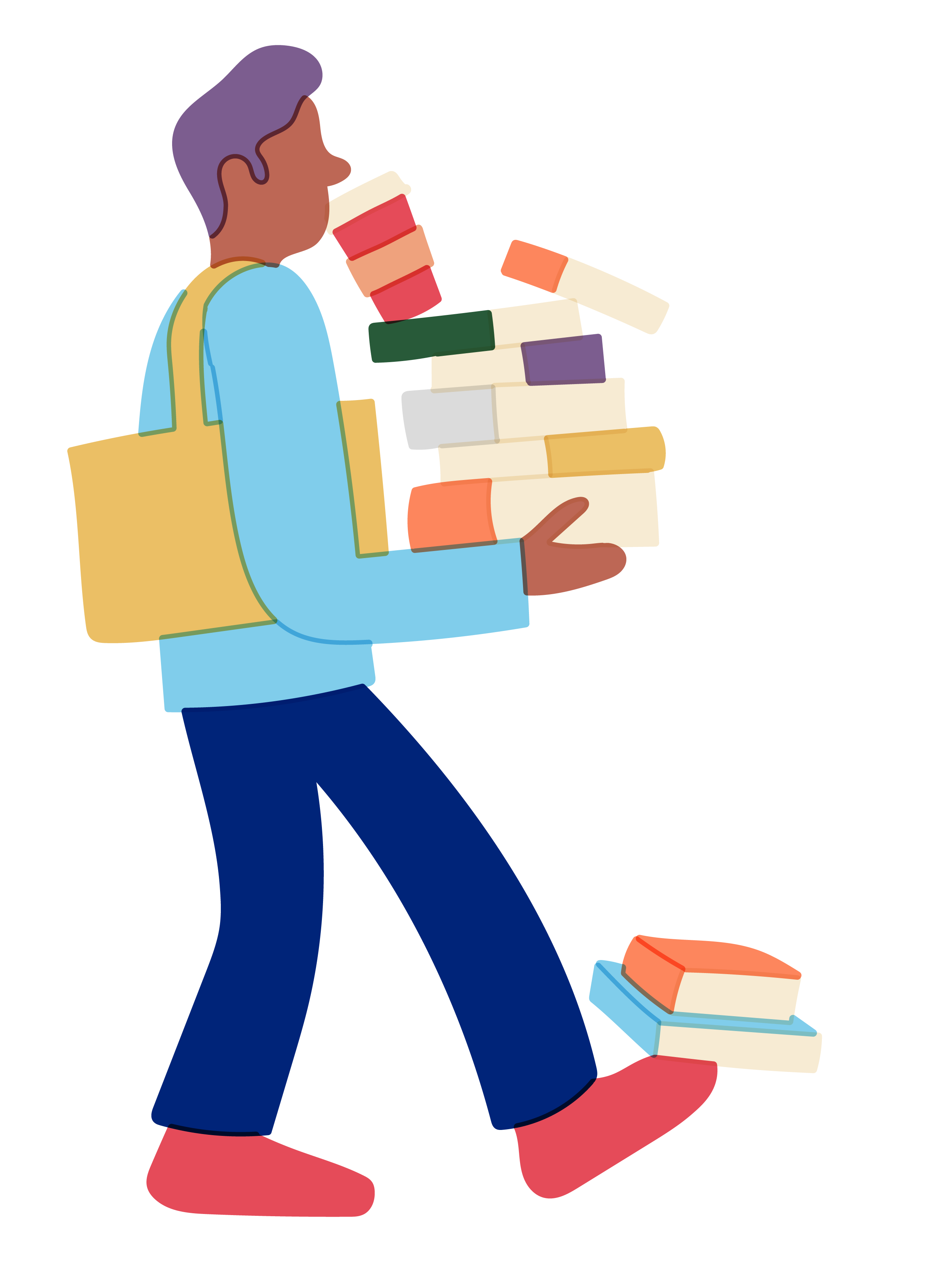As a chemist, I’d say one of the most humbling parts of my job is reading scientific literature. Science writing is difficult to comprehend in its own right, and (even as someone who does science daily) I find the writing in academic papers can be unnecessarily confusing at times. That being said, I still dive into the weeds of a new paper about once a week. Here are some tips, for beginners, that will make the process of reading a scientific paper that much easier.
Anatomy of a Scientific Paper
For those unfamiliar, scientific papers are usually divided into labeled sections, as follows:
Abstract
I like to think of an abstract as a mini version of the paper itself. Abstracts are pithy, one paragraph summaries that both pose the paper’s central question, reveal its key findings, and sometimes mention experimental methods used by the authors. If you had to take an entire paper and condense it down into four sentences, you would have an abstract!
Introduction
Here the author gives any relevant background information. The authors will often summarize recent discoveries in their field as a way to “set the scene” for the research they are about to present. It is important to remember that these papers are intended to be read by scientists for scientists. This means that, unless you also do research in the specific sub-field which the paper concerns (and even if you do), you may still need more background on the topic to fully grasp the paper. That’s okay! These papers assume that their readers will have a great deal of foundational knowledge about their subfield. If you don’t, that doesn’t mean you shouldn’t (or can’t) read the paper, just that you’ll be doing some Googling to fill in the gaps. For context, I didn’t start reading papers until my sophomore year in college, at which point I found I knew enough about my field (chemical biology) to start really understanding papers, with the help of Google of course.
Results and Conclusion
The results and conclusion section is the real meat and potatoes of the paper. This is where the authors will explain their experiments in detail and report their results. Alongside text, the authors will use figures to help communicate their results. Figures can be charts, diagrams or even pictures that supplement the researcher’s data, or are data themselves. They are numbered chronologically, and sometimes a given figure will have several parts (Figure 1a, Figure 1b, and so on).
Discussion
This is usually a smaller section of the paper. Here, the author will discuss the implications and applications of their research, address any unforeseen results, and occasionally comment on how the work presented in the paper will shape their future research. I’ve found that if you really spend time understanding of the results and conclusion section of the paper, the discussion section should come easily.
Supporting Information
Often abbreviated to ‘SI’, this is where authors put any science that wasn’t flashy enough to make the article proper. The contents of the SI will vary considerably based on the subfield of science the paper concerns, but can include things such as characterization data for chemicals, in depth experimental procedures, calibration data for lab equipment used, etc. Even if I’m reading a paper ‘cover to cover’ I won’t go read the SI unless I am looking for something specific. For those reading digitally, it is important to note that the SI is almost always uploaded as a separate file than the paper and can’t be found in the body of the paper itself.
How to Read the Paper
I like to start with the abstract to get a general idea of what the paper is about then immediately jump to the figures. Figures are explicitly mentioned by name when referenced in the body of a paper, which makes it easy to find what text relates to which figures. I prefer to go through the figures chronologically, using ‘cmd + F’ to find and read anything that pertains to that figure in the body of the paper itself.
After looking at the abstract and figures, you’ll have a good idea of the paper’s key findings and the techniques used by the authors. This is a good point to ask yourself “is this paper relevant to my research goals at this time?” If not, great! You’ve just saved yourself a ton of time that would otherwise be spent reading a paper that doesn’t relate to your field of research. If the paper does look useful to you, that’s great too! Now I would recommend reading the paper top to bottom, including the parts you’ve already read looking through the figures. I find that the writing is far more digestible when you already have a general idea of what the paper is all about.
Some Tips for Reading
- Google is a resource, so use it! I don’t think I’ve ever read a paper without running at least twenty Google searches, if not way more.
- If you feel yourself slowing down or not making any meaningful progress, take a break! I’m always surprised how much easier it is to read a paper with fresh eyes, even if it’s only fifteen minutes.
- Acronyms! Scientific papers are riddled with them, to the point where some sentences may contain more acronyms than words. I find it helpful to keep a running list of the acronyms and their meanings on a sticky note for quick reference.
- If I really want to know what’s going on in a paper, I’ll give it a thorough read at least three times. It’s nearly impossible to get everything on your first read through.
- Know when it is worth knowing something. Depending on why you’re reading a paper, it might not be important for you to understand every detail of every experiment. Having a good idea of what you want to get out of a paper before you start reading it can really help you to not get bogged down in scientific minutiae that doesn’t matter for your purposes.
I will leave you with one final tip: it’s okay to get frustrated. I often do! Though whenever this happens, I find it helpful to remember this; scientific papers are the culmination of (quite literally) thousands of hours of lab time, so it’s totally okay if you can’t understand it all in one afternoon.


Comments